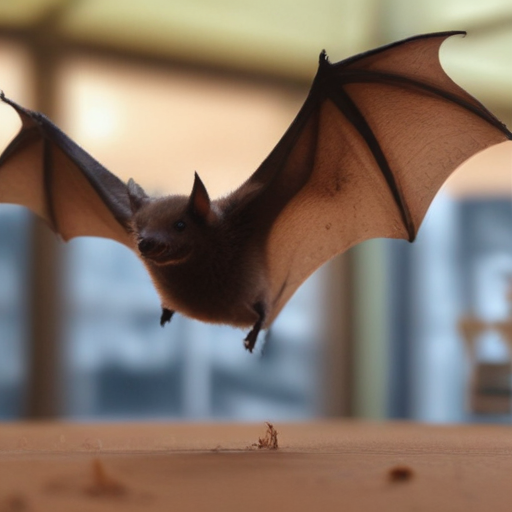Researchers at the Wuhan Institute of Virology have announced the discovery of a new bat coronavirus named HKU5-CoV-2, which has raised concerns about its potential to infect humans. This virus enters human cells through the same receptor—angiotensin-converting enzyme 2 (ACE2)—as the SARS-CoV-2 virus responsible for the COVID-19 pandemic.
While the presence of HKU5-CoV-2 has caused some alarm, experts assert that its ability to bind to human ACE2 receptors is significantly weaker than that of SARS-CoV-2, suggesting a lower risk for widespread human transmission. The study was led by prominent virologist Shi Zhengli, informally known as “Batwoman,” who has dedicated much of her research to bat coronaviruses. Notably, HKU5-CoV-2 has also been identified in the Japanese pipistrelle bat species in Hong Kong.
This newly discovered virus is classified under the merbecovirus subgenus, which includes the Middle East respiratory syndrome (MERS) coronavirus. MERS has shown a much higher mortality rate, affecting around 2,600 people since 2012, but its transmission has been limited, primarily confining outbreaks to the Arabian Peninsula.
Amid concerns over potential pandemic threats posed by emerging viruses, researchers are urging a balanced approach. They maintain that, despite the laboratory-confirmed ability of HKU5-CoV-2 to infect human cells, the current evidence does not support the likelihood of a human epidemic similar to COVID-19.
The World Health Organization has categorized merbecoviruses as a priority for pandemic preparedness, emphasizing the importance of monitoring and surveillance of zoonotic diseases.
This discovery serves as a reminder of the ongoing necessity for vigilance against emerging infectious diseases, particularly those stemming from animal reservoirs. Despite the challenges, advancements in research and surveillance can help mitigate potential threats in the future, fostering hope for effective public health responses.
